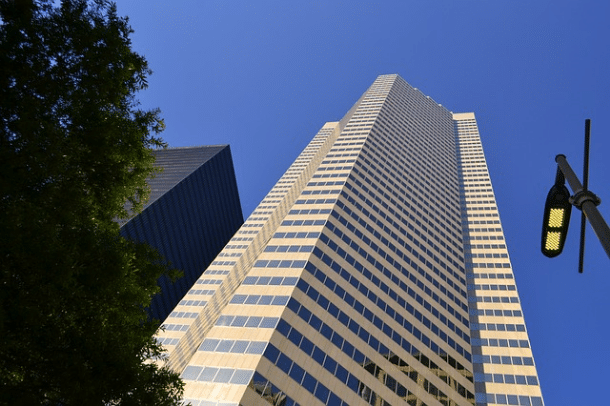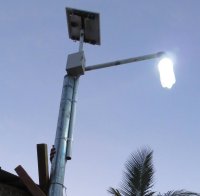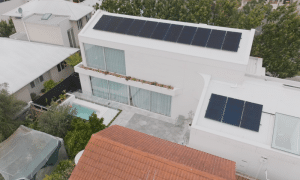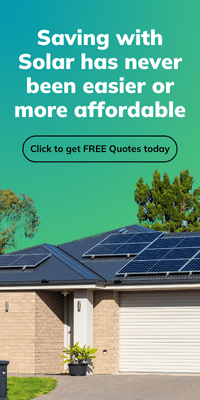A new generation of LED solar street lights is helping local governments make smarter choices about their energy use.
That’s one of the reports from the 2018 Smart City Expo held in Melbourne this week.
LED developer Matthew Jones told Government News that because street lights are the single largest source of emissions from local government, solar street lighting can reduce pollution and costs simultaneously.
Around 2.3 million serviced street lights in Australia cost $125 million each year. Advances in efficiency mean authorities are now able to adopt solar LED, solar storage batteries and remote sensor technology.
Victoria leads field in energy efficient street lighting
Some 100 Australian councils have already taken up energy efficient street lighting.

However, the vast majority of these are in Victoria. Sixty-eight of the state’s 79 councils have adopted green technologies like LED solar lighting.
Because 30 to 60 per cent of all local government emissions stem from street lights, there’s still plenty of work left to do.
Jones says smart street lighting acts as a backbone for other advances. This then improves public safety, traffic management and environmental monitoring.
Smart lights with sensors can drop to 30 per cent power in the absence of movement. Jones is also working on a central remote to control a network of street lights with a phone app.
Solar street lights see global boom
The global solar street lighting market is set to exceed $7 billion by 2024, according to Global Market Insights. The study, published in May 2018, points to a range of factors driving global growth.
Rising global demand for clean power is also playing its part along with increasing economies of scale in renewable projects.
Solar panel prices have declined by more than 80 per cent from 2010 levels the report notes.
Smart home technology also on the up
Energy-saving technology is not just for cities. It’s also found in new software designed to save money in homes and commercial buildings.
The conference heard that sensors and machine learning had reduced energy use in a council building by 30 per cent. Smarter heat, ventilation and air conditioning systems can also reduce consumption.
A major drop in the price of solar installations and battery storage is significant. Government subsidies like the new Victorian Solar Homes rebate are also driving demand.
Homes can also benefit from smart technology like Flex PowerPlay. Because you can monitor power use, it’s then easier to control the way you consume energy.
Now is the right time to switch to Brisbane solar energy. We recommend seeking at least 3 solar quotes to ensure that you are getting the best deal and selecting the right solar installer in Brisbane whom you can trust. With this, you can guarantee a solar system in Brisbane that meets your energy needs.












































